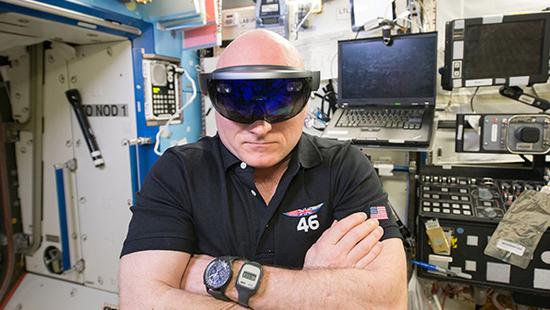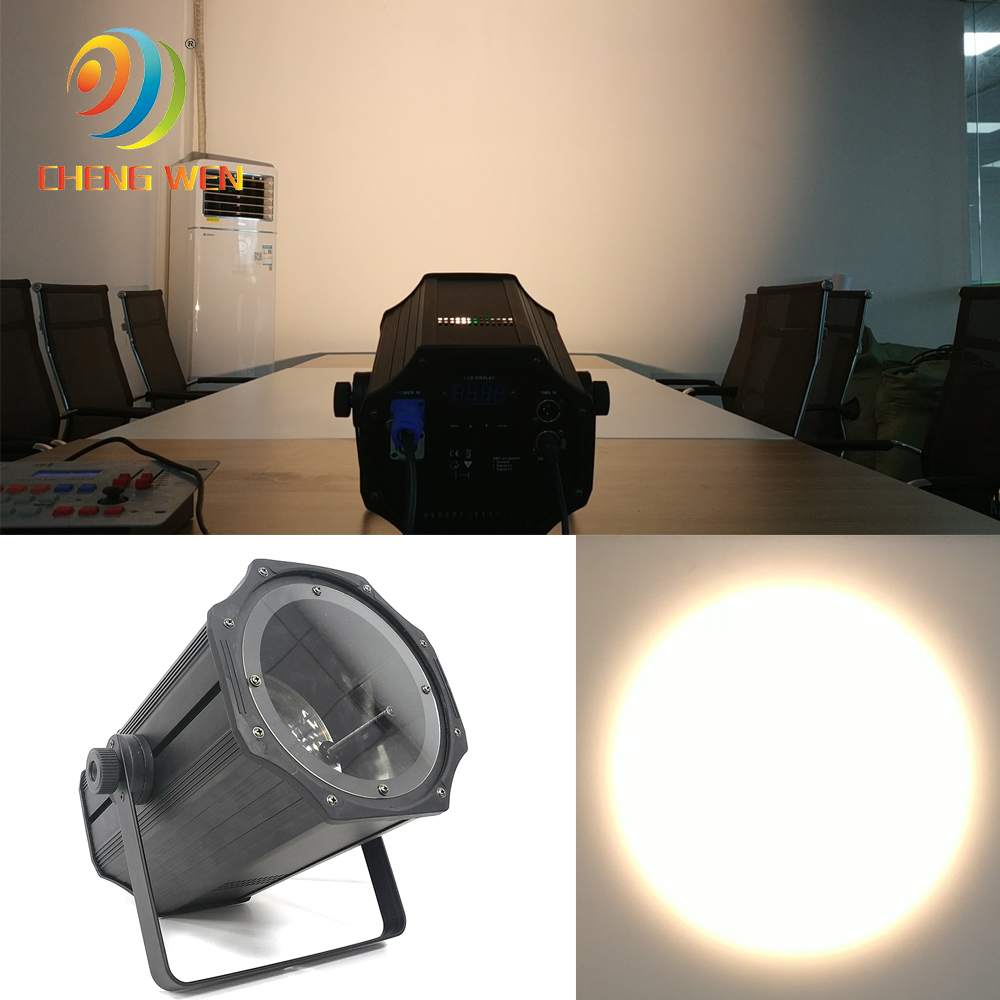Whether in manufacturing plants, offshore oil rigs, or on-site inspection of transmission equipment, staff health and safety are a core requirement.
Fortunately, many companies are exploring wearable technologies, such as head-mounted devices that combine augmented reality. Augmented reality is the intersection of virtual and reality. The AR can overlay virtual images on real objects and provide all the necessary data to the staff performing the tasks.
This may sound like something that would happen in science fiction movies, but today there are vendors that are starting to make augmented reality products. Now you don't have to guess out to know which part of the device is faulty. You can use Augmented Reality to present this part within your line of sight to determine if it is malfunctioning. In addition to making products more efficient, smart heads can help workers bypass the crisis and protect their health and safety. For example, YiViAn’s previously reported world-famous elevator manufacturer ThyssenKrupp, which purchased 24,000 HoloLens, is out of this demand.
This kind of equipment not only tells you which part of the fault, but also tells you what the equipment is doing and what is possible, which simplifies the work of the technician.
Engineers at Lockheed Martin in the United States now have no more years of training to assemble the F-35 fighter. With augmented reality glasses with cameras, depth sensors, and motion sensors, engineers can see cables, bolts, parts, part numbers, and detailed instructions on how to assemble specific components in the line of sight. With augmented reality technology, engineers' operational accuracy has increased to 96%, while productivity has increased by 30%.
For example, Microsoft HoloLens is basically a holographic computer built into the head display that allows you to view and listen to and interact with holographic images in your environment. Microsoft HoloLens delivers a “free hands†experience through gestures, voice and holographic interactions, providing near real-time help for factory or field work. And another augmented reality product, DAQRI smart head display can visualize the AR view through navigation technology and real-time equipment.
Through augmented reality, technicians and manufacturers can walk into any item with IoT technology, identify the object, and get all relevant information from the company's back-end enterprise resource planning system. As a result, the staff can immediately know the specifications, stock quantity, location and delivery time of the object.
When identifying products, AR also gives technicians immediate access to specific operating instructions and guidelines. While in the operation, the staff can play the tutorial video through the AR system. Augmented reality technology can be used to guide product assembly, allowing technicians to manufacture products without special training or written instruction. Because AR can also display the required parts, technicians can quickly identify the correct part of their hand based on shape and number.

The software in AR technology can visually alert the technician to the components that may be having problems and whether the device is defective. When the machine is not working properly, augmented reality can provide tremendous help to the manufacturing floor. Technicians can spot actual problems before repairing products or machines. With the visual information provided by AR technology, staff can save a lot of time and the factory can save costs. Similarly, technicians can perform tolerance analysis on components through augmented reality and determine if the component can be repaired or need to be completely replaced.
If the item is connected to the network, the item may be able to perform a self-check to show when the service should be provided or if the device has failed. This allows the staff to improve consumer satisfaction, as the items are promptly prompted by the service department to process replacement parts, produce replacement parts, and send technicians to the site for repairs before a catastrophic failure occurs.
In addition, AR can also train technicians and engineers in the production hall to provide hands-on experience. For example, Bosch, a German auto parts manufacturer, trained nearly 10,000 service technicians through AR technology and the Oculus Rift head. This nationwide training tour has a total of 750 sites and offers a 10-minute virtual course that allows employees to better process their car engines. For the AR link, experts in the relevant technology can provide hands-on guidance remotely when virtual co-location is enabled.
Augmented reality is not a technology of the future, and these cutting-edge technologies are already being used in factories around the world. Any simulation or reality is not as good as an enhanced hands-on experience. With augmented reality technology, manufacturing can reduce costs, speed up productivity, reduce manual errors, and increase overall safety. If you now introduce augmented reality technology in your own company, then you can have an advantage over companies that are still obedient and obsessed with traditional methods.
The COB light series is a main light that improves the brightness of the stage lighting. The COB light with the focus function can be switched between the function of concentrating bright light and emitting soft light in a large area, so that it can meet the requirements of different brightness and spotlight on the stage. need. The difference between COB and other series is that white light and warm white light are mainly used in color, which is the main source of light on the stage, stand an important position on stage.

Cob Lights ,Cob Led Strip,Cob Led Light,Cob Strip Light
Guangzhou Cheng Wen Photoelectric Technology Co., Ltd. , https://www.ledscreencw.com